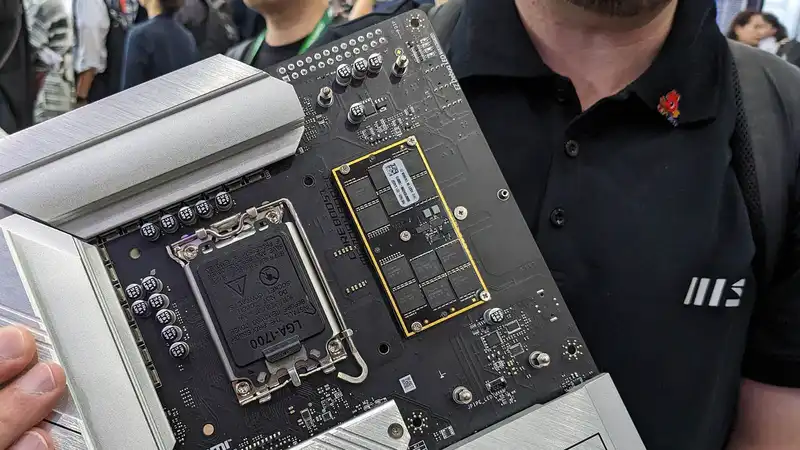But as well as looking odd (I'm sure I'm not the only one with crossed eyes when I see a desktop Mobo with no RAM sticking out of the board), the new form factor has some potential advantages, at least according to MSI. MSI is live streaming to dig deeper into CAMM2, highlighting the benefits of this new standard and why it might show up in your next build (via Wccftech). [Unlike traditional RAM sticks, CAMM2 modules are connected directly to the corresponding CAMM2 interface, rather than to SI (System Interface) “stubs” that limit bus speed. This allows both inner and outer IMC (Integrated Memory Controller) channels to be connected to a single CAMM2 module, thus enabling dual-channel operation with a single module.
CAMM2 motherboards also require fewer (shorter) signal traces, potentially reducing cost and enabling higher clocks and lower latency. [...] [...] [...] [...] [...] [...] [...] [...] [...] [...] [...] [...] [...] [...] [...] [...]


Comments